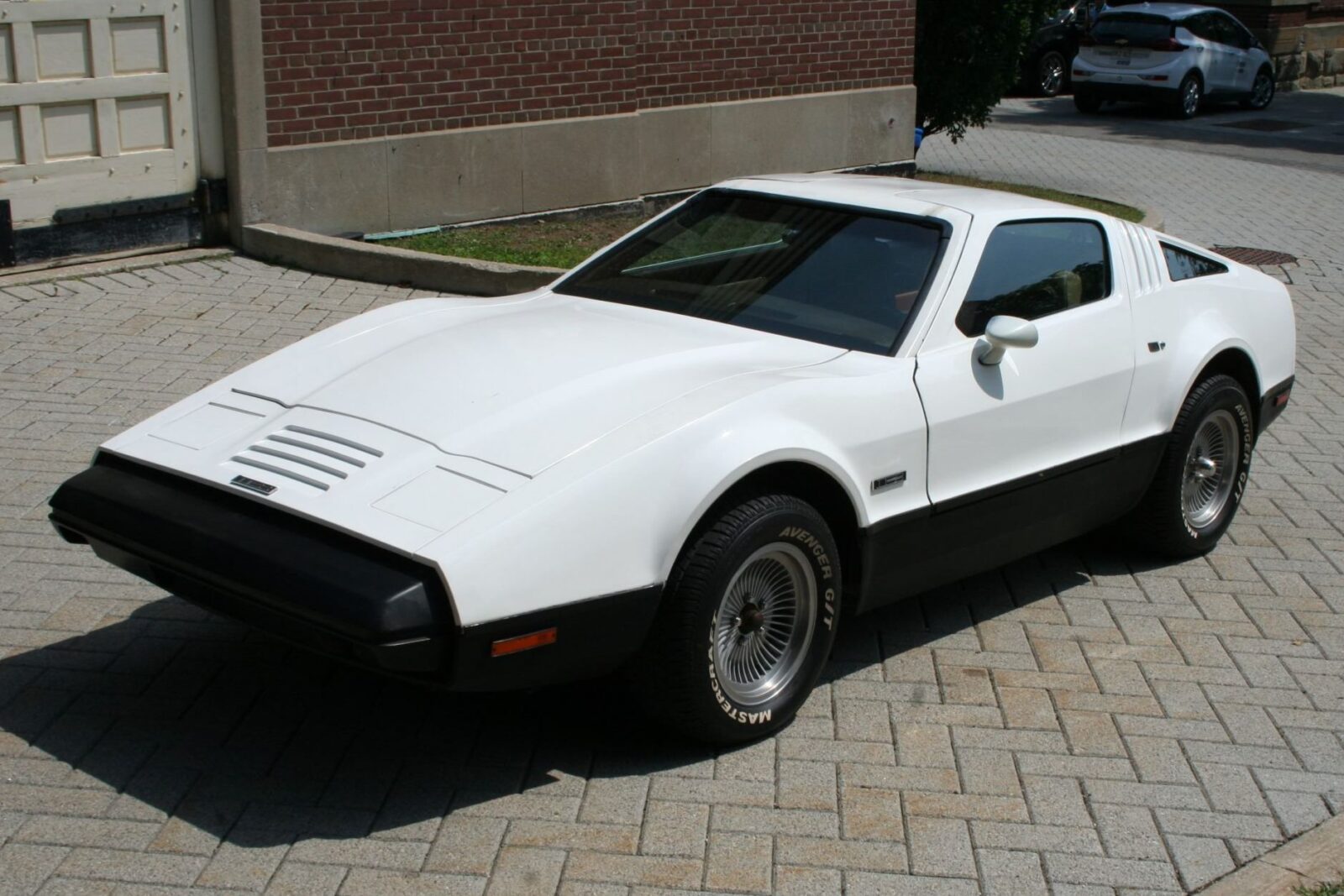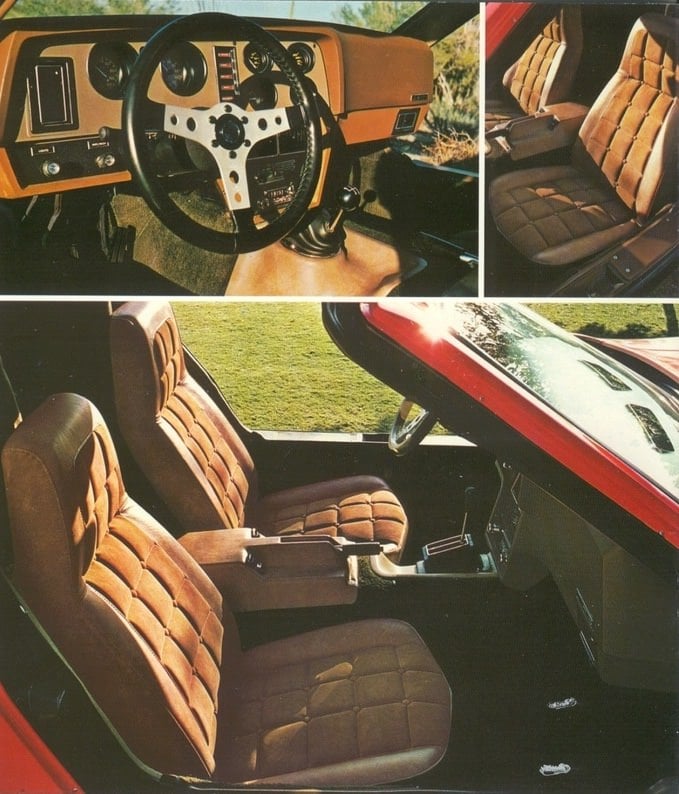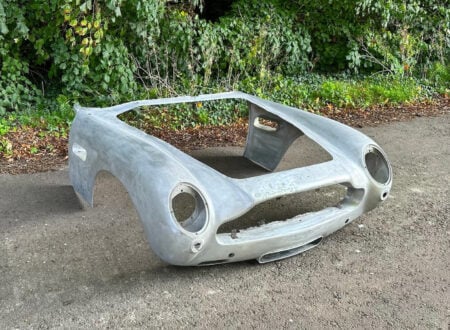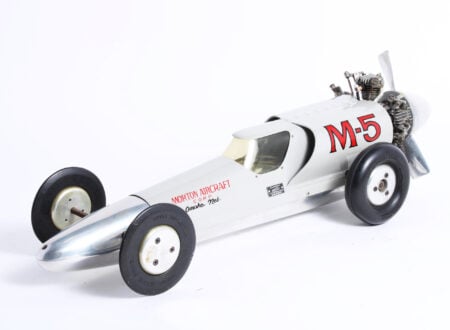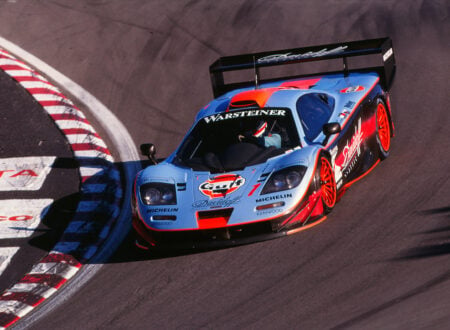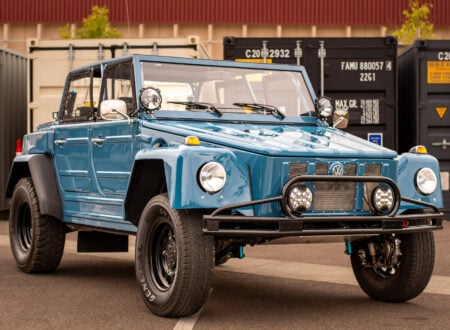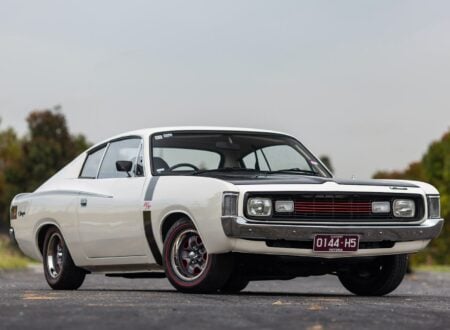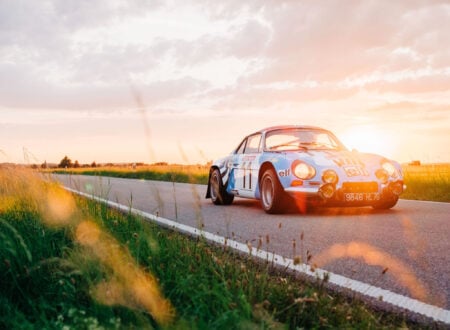This is an original Bricklin SV-1 from 1975, just under 3,000 were built and it’s estimated that approximately 1,700 survive today. The SV-1 was a V8-powered sports car built in Canada by Malcolm Bricklin in the 1970s.
In many respects, the Bricklin SV-1 was a precursor to the DeLorean DMC-12, in fact Malcolm Bricklin and John DeLorean had discussions in the ’70s about a possible joint-project that never materialized.
Fast Facts – The Bricklin SV-1
- The Bricklin SV-1 (Safety Vehicle #1), was conceptualized in the early 1970s by Malcolm Bricklin and a small team. An American entrepreneur, Bricklin was the first to import Subarus into North America as the founder of Subaru of America.
- Distinct from other sports cars of its era, the SV-1 was designed with a strict focus on safety. It featured an integrated roll cage, 5 mph impact bumpers, and side-impact protection. Notably, the car eliminated cigarette lighters and ashtrays due to Malcolm Bricklin’s belief in avoiding distractions and potential fire hazards while driving.
- Starting in 1974, the Bricklin SV-1 was produced in Saint John, New Brunswick, Canada. The production’s location was a result of significant financial backing from the New Brunswick government, which aimed to bolster employment and, they hoped, boost the local economy.
- The manufacturing process was riddled with complications. Quality control became a significant concern, with issues like the body panel material being prone to cracks. The car’s considerable weight, due to its safety features, also hindered its performance when compared to rival sports cars.
- Production ceased in 1975 with just under 3,000 made. Ultimately the SV-1 project was a failure, but the car has a dedicated group of enthusiasts around it today who keep them on the road, and even apply their own fixes and performance upgrades to right design flaws and common issues.
The Bricklin SV-1
The story of the development, production, and ultimate failure of the Bricklin SV-1 project is worthy of its own Netflix series. It involves a charismatic entrepreneur, a ground-breaking new automobile design, and a small town government that pinned their hopes on the project and provided funding. The parallels with the story of the DeLorean DMC-12 which would appear a few years later are extraordinary.
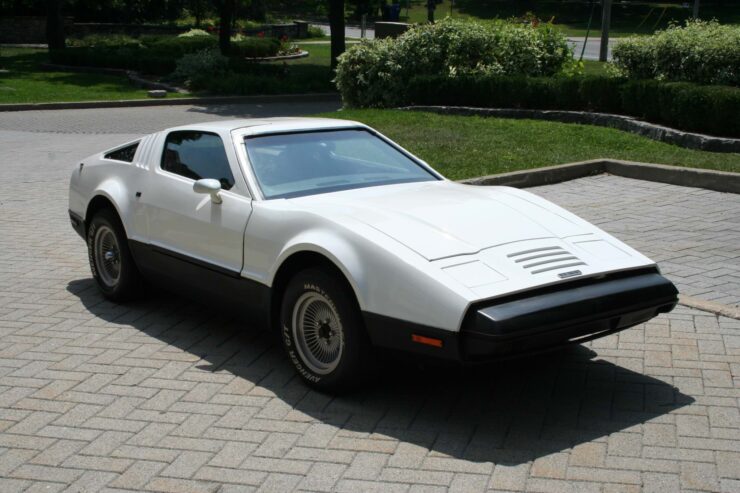

Long before Malcolm Bricklin became known for the Bricklin SV-1, he had already left a mark on the American automotive landscape by co-founding Subaru of America in 1968. He recognized the potential of importing small, fuel-efficient Japanese cars to the U.S., especially at a time when domestic automobiles were typically large and consumed significant amounts of fuel.
The Subaru 360, a small and affordable car, was the first model introduced, although it was criticized for its safety features (or lack thereof) and performance. Nevertheless, Subaru of America survived its initial hurdles and has since become a significant player in the U.S. automotive market.
Having learned the lessons from all the bad press the small, underpowered, and unsafe Subaru 360 had received Bricklin’s next project would be almost a point-by-point answer to the criticisms of the pint-sized Japanese economy car.
The car was to be called the Bricklin SV-1, the model name stands for “Safety Vehicle #1,” and it was designed by Marshall Hobart and the first prototype was built by Dick Dean. A later evolution of the design was created by Herb Grasse Design and engineered by AVC Engineering, AVC would also build three operational prototypes.
The final design was a sports car coupe with two doors, a fixed roof, and a hatchback in the rear. The engine was mounted up front sending power to the rear wheels. The SV-1 made use of an unusual steel perimeter frame/chassis with an integrated “Steel Roll-Over Module” for roll over protection for the occupants.
Front and rear bumpers were integrated into the design that were said to be able to absorb a 5 mph (8 km/h) impact with little to no damage – a typical speed for parking lot collisions. In order to reduce tooling costs and help with curb weight the body was fiberglass – this also meant that the factory didn’t need a separate section for the expensive and time consuming job of painting.
Above Video: This episode of Jay Leno’s Garage features Jeff Dunham’s Bricklin SV-1, and it does a great job of telling the history of the car in detail – including the quality control issues.
Two different engines were used over the course of the production run, initially the SV-1 was powered by the 360 cubic inch (5.9 liter) AMC V8 fitted with a single four-barrel carburetor which produced 220 bhp and 315 lb ft of torque. Later cars received the 351 cubic inch (5.8 liter) Windsor V8, and transmission options included either the 3-speed Torque Command automatic, or a BorgWarner T-10 4-speed manual.
The suspension was relatively standard for the era, with double A-arms, coil springs and telescopic shock absorbers up front, and a live axle in the rear with leaf springs. Front discs were fitted along with rear drums.
Issues with production, quality control, and runaway costs plagued the SV-1. This is a common theme with many new automakers, including notable examples like Tucker, DeLorean, and Tesla.
Sadly in the case of Bricklin these issues would prove fatal, the company manufactured the SV-1 in 1974 and 1975 before succumbing, with just under 3,000 cars made.
Despite this ignominious end the Bricklin SV-1 remains a cult classic today, they’re highly sought after by enthusiasts and there’s an active club in place that helps with repairs, restorations, and parts sourcing to keep them on the road.
Many (if not all) of the early car’s quality and design issues have long ago been solved, meaning it’s now possible to buy an SV-1 in better condition than it ever would have left the factory.
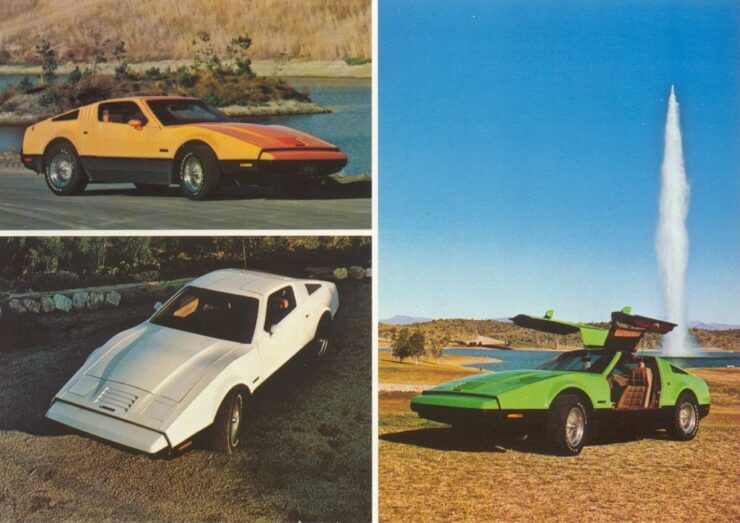

The 1975 Bricklin SV-1 Shown Here
The car you see here is a Bricklin SV-1 from 1975, the second and final year of production. As one of the later cars it’s fitted with the highly-regarded Ford Windsor V8 producing 175 bhp and 286 lb ft of torque, it’s mated to a 3-speed automatic transmission.
It’s finished in white over a tan/beige interior, the car looks to be largely original so there are signs of patina throughout, though it is said to have received paintwork under previous ownership. It rides on machine-finished 15″ Turbo Mag aluminum wheels fitted with 235/60 Mastercraft Avenger G/T white-letter tires, and it’s fitted with air conditioning, a rear defroster, and an AM/FM cassette stereo.
It’s now being offered for sale out of Toronto, Canada on Ontario registration on Bring a Trailer. If you’d like to read more about it or register to bid you can visit the listing here.
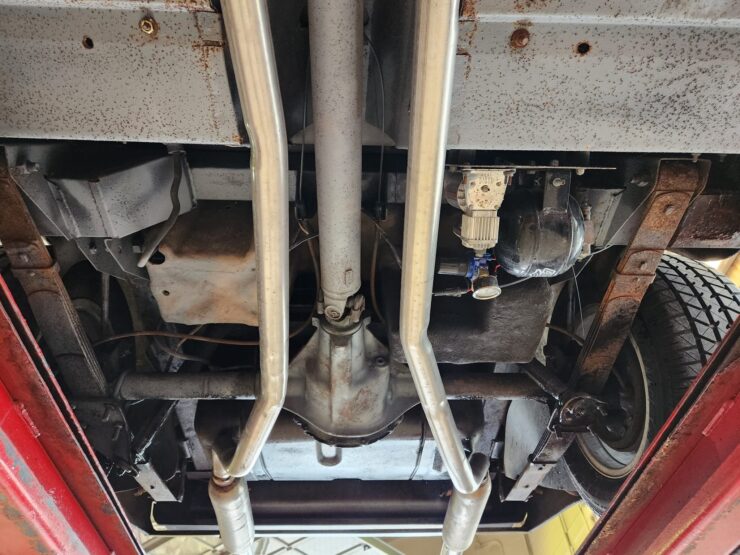
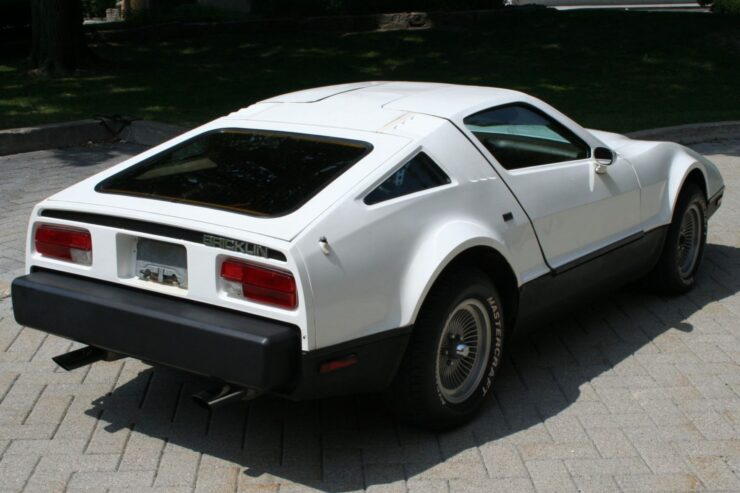
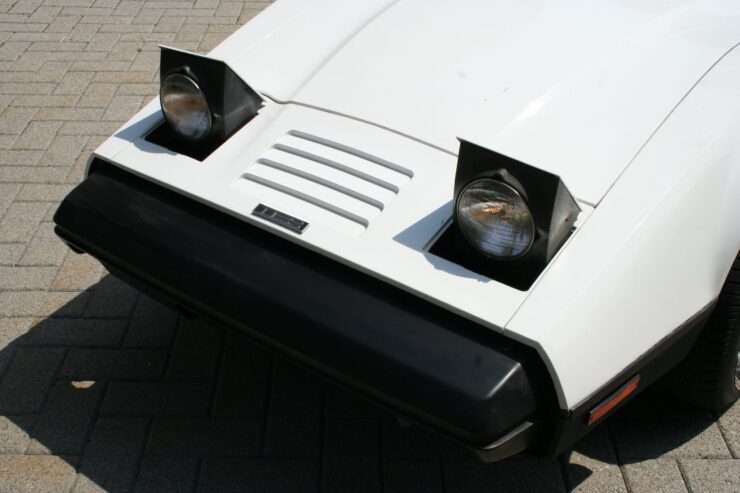
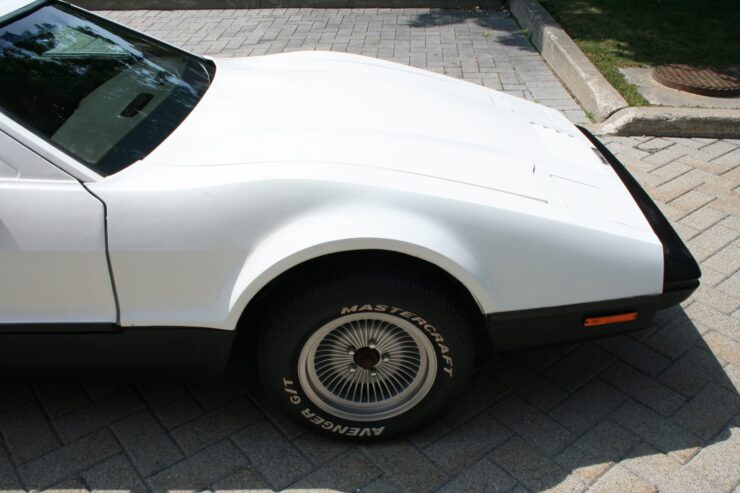
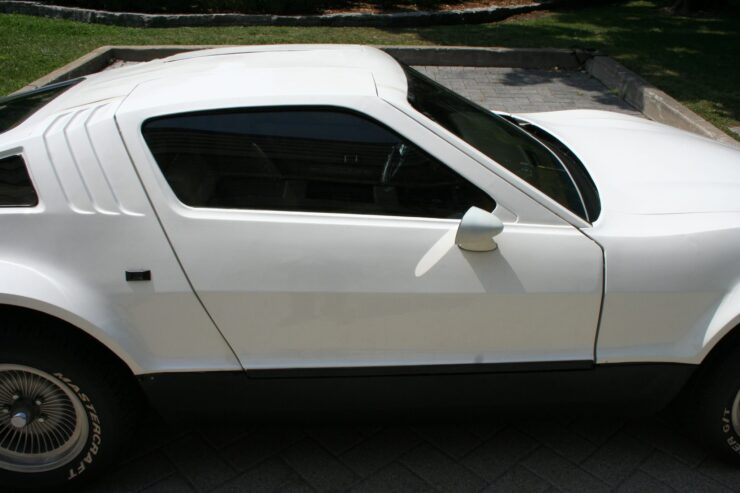
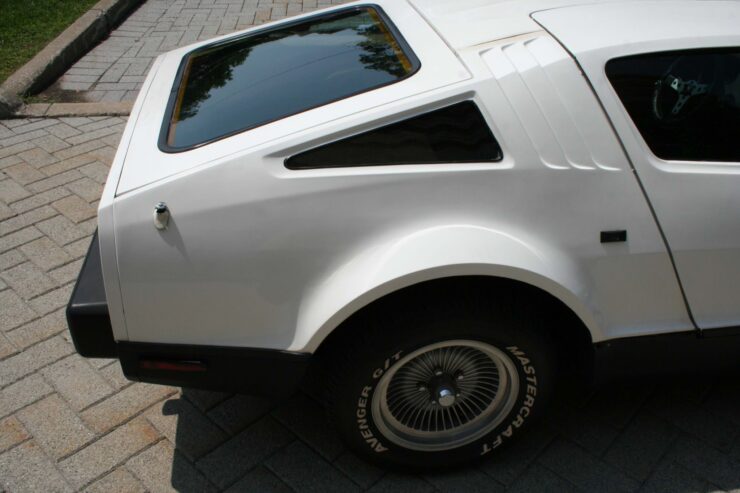
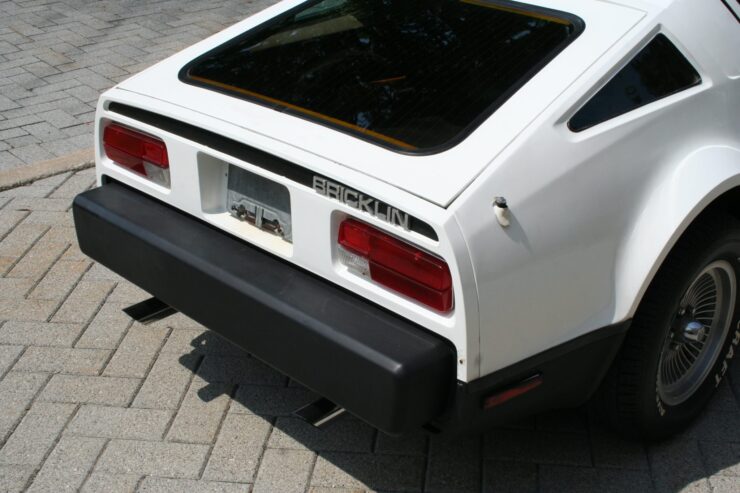
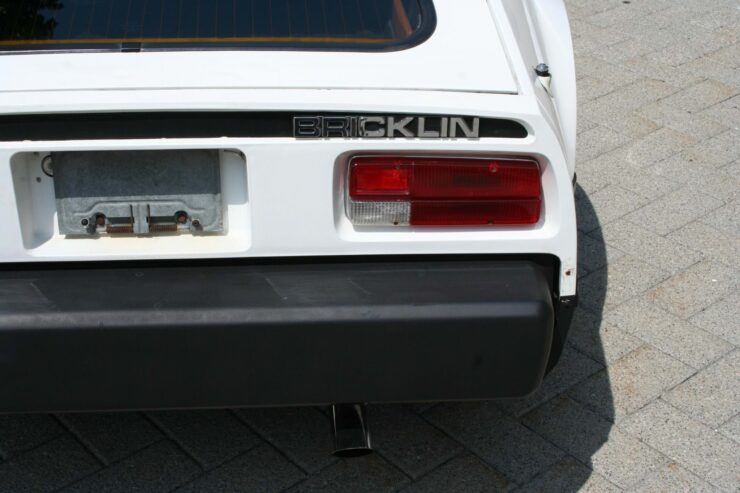
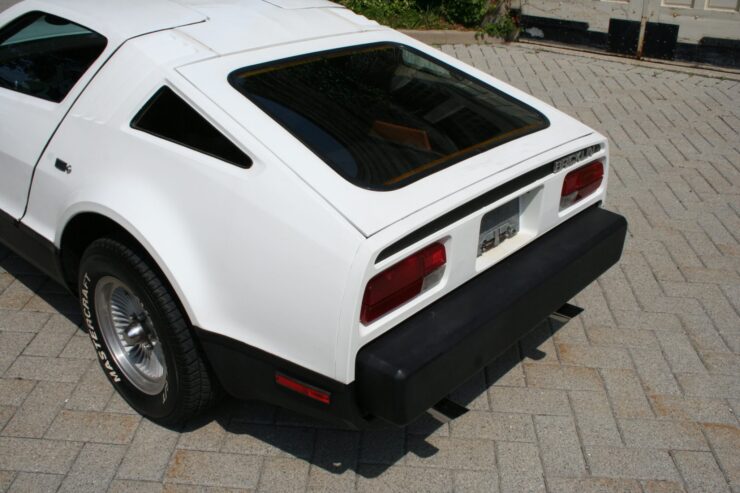
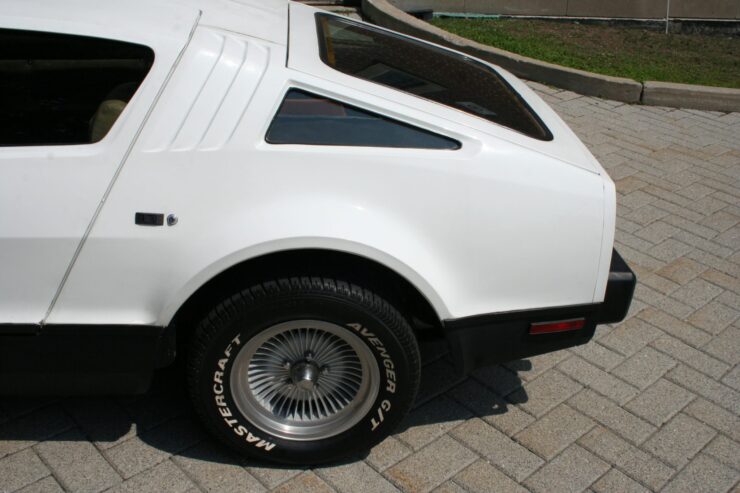
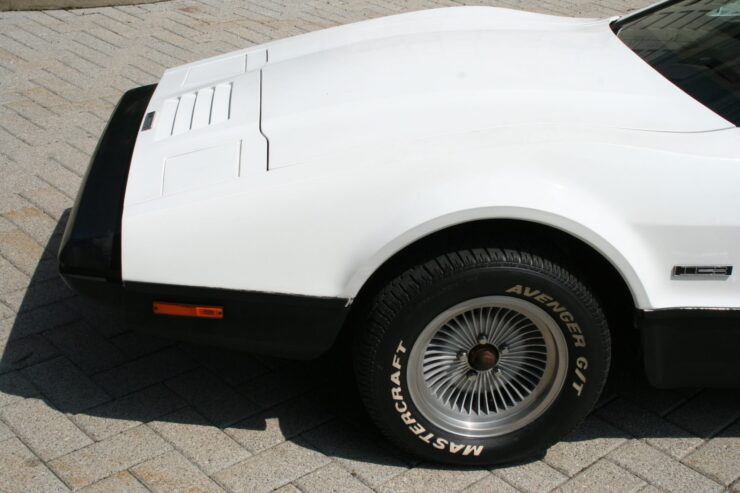
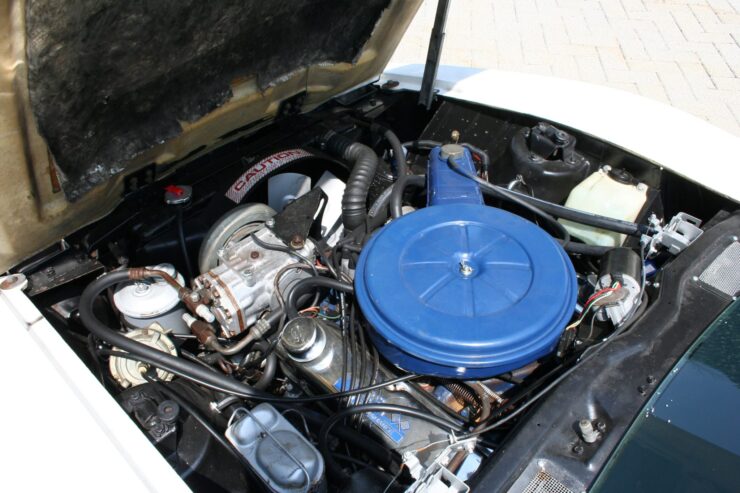
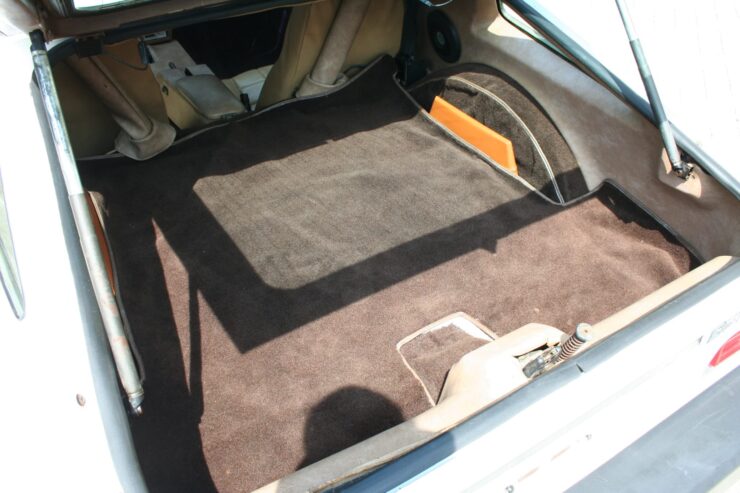
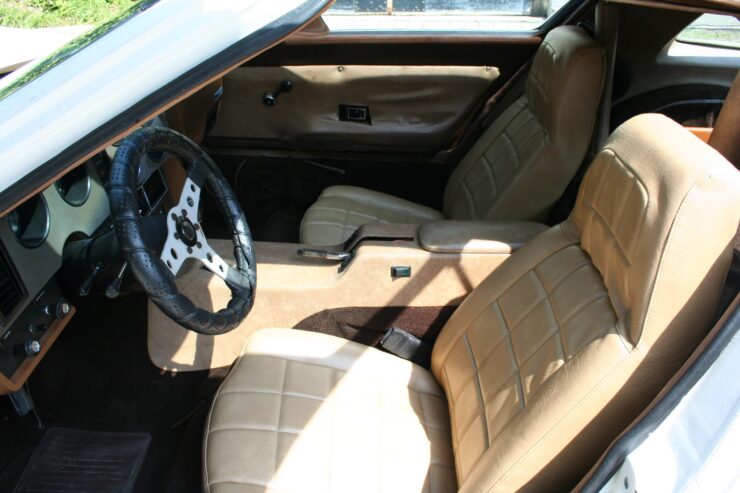
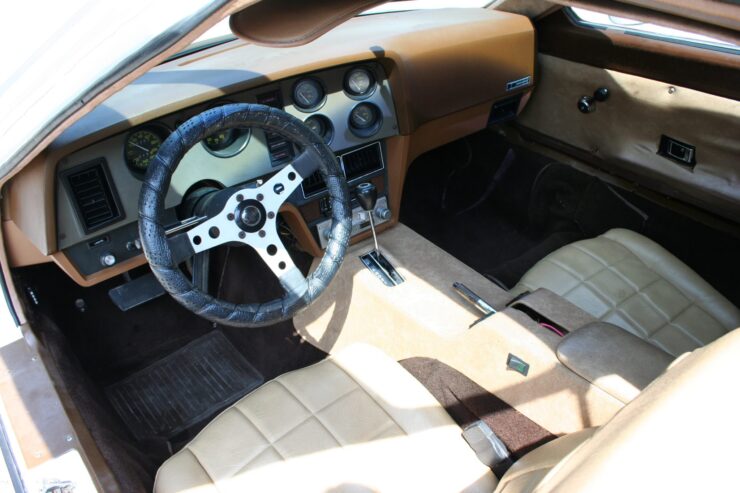
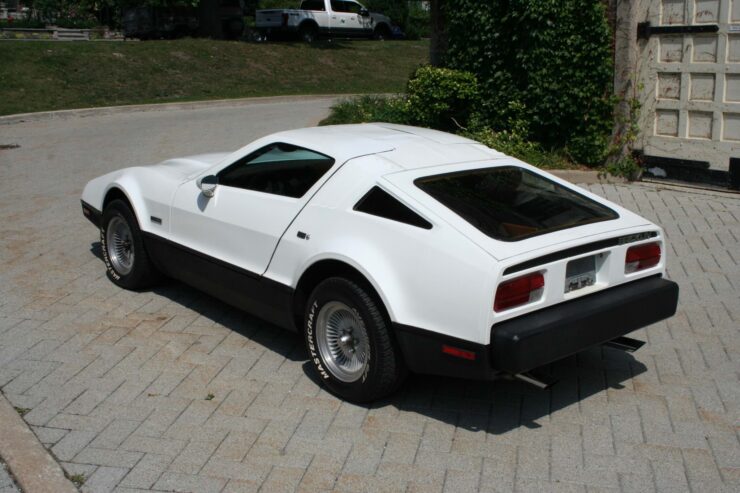
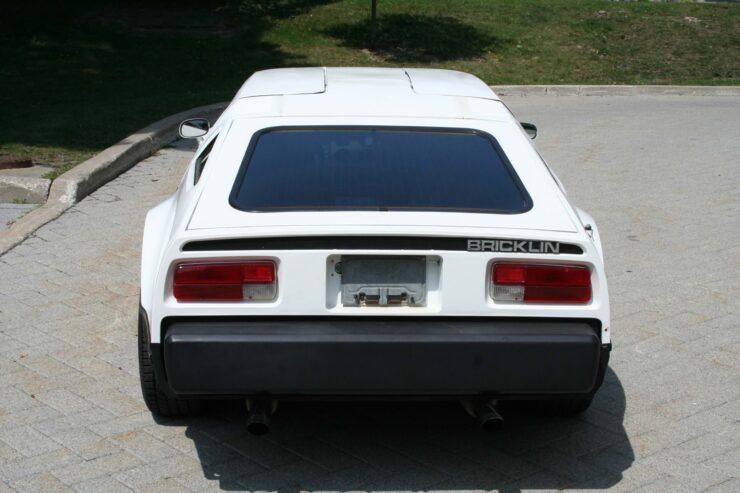
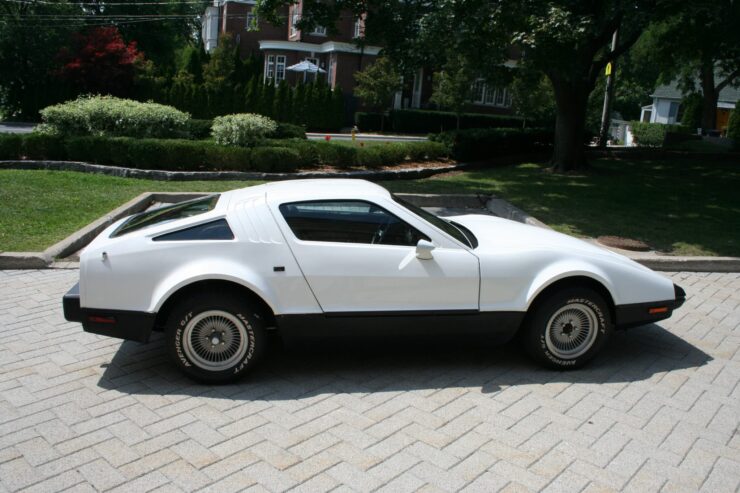
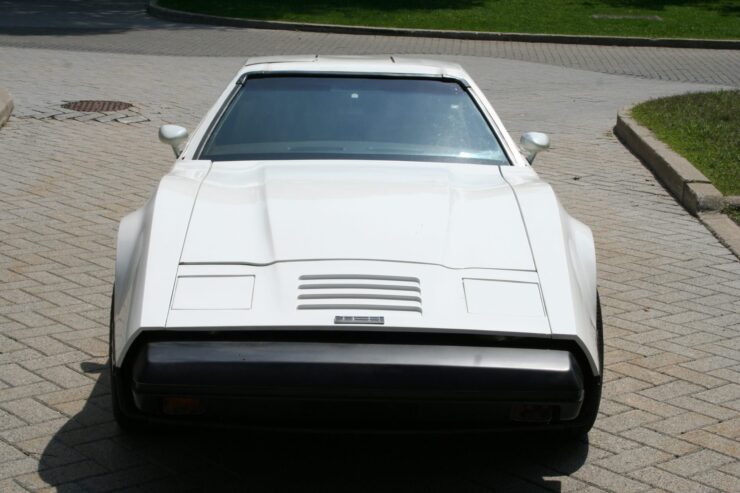
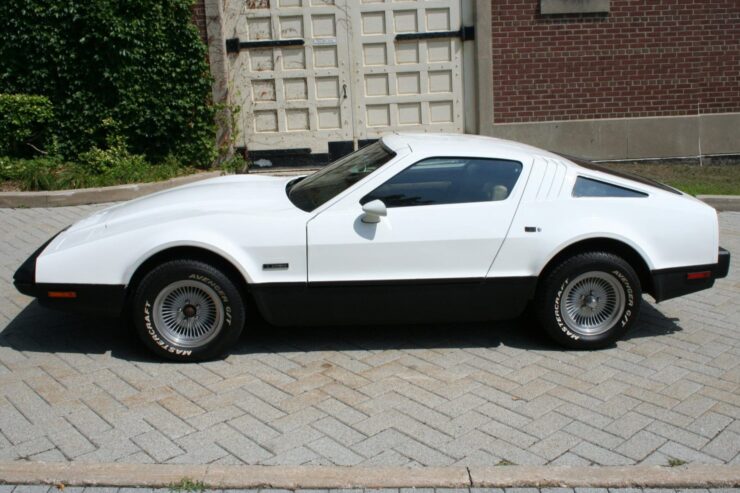
Images courtesy of Bring a Trailer

Articles that Ben has written have been covered on CNN, Popular Mechanics, Smithsonian Magazine, Road & Track Magazine, the official Pinterest blog, the official eBay Motors blog, BuzzFeed, Autoweek Magazine, Wired Magazine, Autoblog, Gear Patrol, Jalopnik, The Verge, and many more.
Silodrome was founded by Ben back in 2010, in the years since the site has grown to become a world leader in the alternative and vintage motoring sector, with well over a million monthly readers from around the world and many hundreds of thousands of followers on social media.

